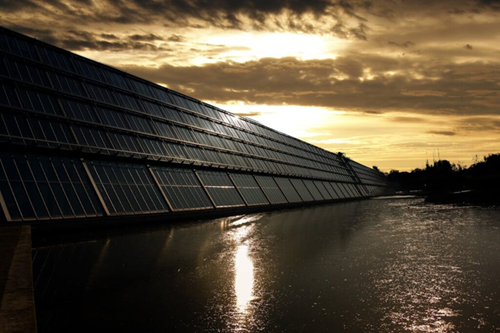In a remarkable stride toward sustainable energy, Singapore has unveiled a pioneering technology that converts rainwater directly into electricity. This “Rain-to-Electricity System,” developed by local scientists and engineers, could redefine the way renewable energy is generated in urban environments.
The innovative system harnesses the kinetic energy of falling raindrops and transforms it into electrical power through advanced nanogenerator technology. According to early reports, the system boasts an efficiency nearly ten times greater than that of conventional hydropower mechanisms.
Officials from Singapore’s Ministry of Sustainability and the Environment hailed the breakthrough as a vital step toward the city-state’s goal of achieving net-zero emissions by 2050. “This technology demonstrates how even the smallest elements of nature—like a single raindrop—can power our sustainable future,” said a ministry spokesperson.
The Rain-to-Electricity System is expected to be integrated into urban infrastructure, such as rooftops and drainage systems, allowing buildings to capture and convert rain energy during tropical downpours.
With Singapore’s frequent rainfall and commitment to green innovation, this development could become a global model for sustainable cities, blending technology, nature, and urban resilience.







